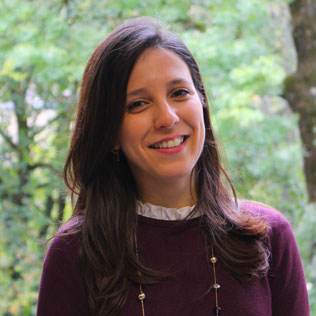The defense will take place in the UFR SLHS (salon Préclin) in Besançon, on november the 23th. 
This work was directed by Jean-Christophe Foltête and Emeline Comby.
Defense jury :
- Jean-Christophe FOLTETE, Professor, University de Franche-Comté
- Emeline COMBY, Associate researcher, University Lumière Lyon 2
- Youssef DIAB, Professor, University Gustave Eiffel
- Pascal MARTY, Professor, CNRS-Maison Française d’Oxford and University Paris 1 Panthéon-Sorbonne, Rapporteur
- Magalie FRANCHOMME, Associate researcher, University de Lille
- Corinne LARRUE, Emeritus professor, University Gustave Eiffel
The presentation will be followed by an oriental tea and sweets, followed by dinner. For better organization, please register before November 13, 2023 on this link: https://framaforms.org/soutenance-de-these-1698929299
Abstract
Integrating the green and blue network (i.e., the “Trame Verte et Bleue” (TVB)) into land use planning poses a major challenge to biodiversity conservation in France. The TVB intends to consider the ecological connectivity of habitat. However, its implementation faces several limits. In this research, we aim to understand how TVB, as a scientifically and politically constructed object, assimilates ecological connectivity. To achieve this, we analyse actors’ practices, spatial representations, and planning discourses. We focus on four main objectives: i) studying the development process of the TVB, ii) analysing the discourses of stakeholders and planning documents, iii) modelling and assessing the ecological connectivity of habitat networks, and iv) comparing, on the basis of generic spatial models, several examples of TVB integrated in planning documents.
Our research is based on the Territorial Coherence Schemes (i.e., SCoT) located in the Bourgogne Franche-Comté region. We used a combination of spatial and textual data derived from semi-structured interviews and planning documents. Our research tools comprise discourse analysis and a spatial modelling approach based on landscape graphs. Our results provide critical insights into the practical implementation of the TVB in planning. We reveal territorial disparities regarding the consideration of ecological connectivity, and draw conclusions towards practical ways for improving ecological connectivity in future territorial planning.
